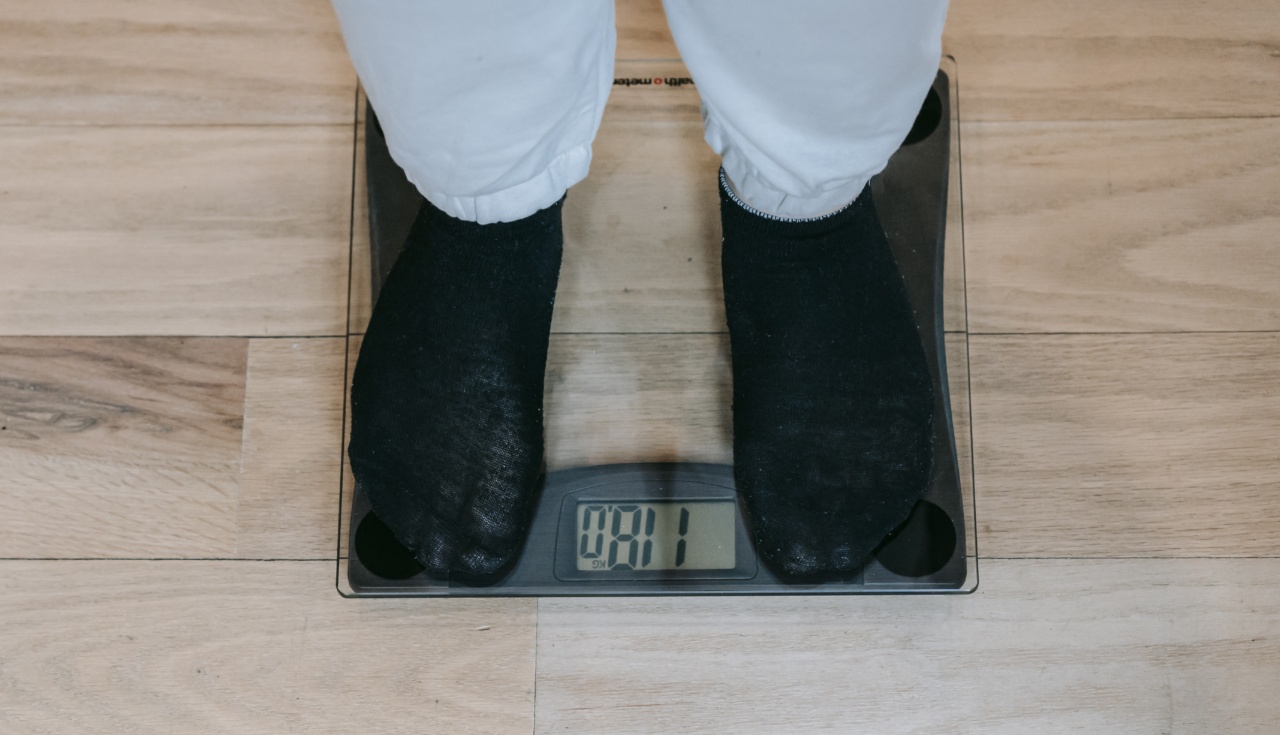Are you struggling to lose weight? Do you find yourself constantly dieting with little to no results? If so, it’s time to take a closer look at your nutrition. Eating a healthy, balanced diet is essential for weight loss and overall health.
In this guide, we’ll cover the top 12 steps you can take to improve your nutrition and achieve your goals.
Step 1: Calculate Your Calorie Needs
The first step to improving your nutrition is to determine your daily calorie needs. This will help you understand how much you should be eating each day to maintain, lose, or gain weight.
There are many free online calculators that can help you determine your calorie needs based on your age, sex, weight, height, and activity level.
Step 2: Set Realistic Goals
Once you know your calorie needs, it’s important to set realistic weight loss goals. Aim for a modest 1-2 pounds of weight loss per week, as anything more may not be sustainable or healthy.
Remember, slow and steady wins the race when it comes to weight loss.
Step 3: Focus on Whole Foods
One of the best things you can do for your nutrition is to focus on whole, nutritious foods. These include fresh fruits and vegetables, lean proteins, healthy fats, and whole grains.
Processed foods, on the other hand, are often high in calories, sugar, and unhealthy fats, and can derail your weight loss efforts.
Step 4: Practice Portion Control
Even healthy foods can quickly become unhealthy if you eat too much of them. To avoid overeating, practice portion control. Use smaller plates, measure your food, and take the time to eat mindfully and enjoy your meals.
Step 5: Limit Added Sugars
Sugar is one of the biggest culprits when it comes to weight gain and poor nutrition. It’s important to limit your intake of added sugars found in soda, candy, baked goods, and other processed foods.
Instead, opt for natural sources of sweetness like fresh fruit or sweet vegetables.
Step 6: Hydrate With Water
Drinking enough water is essential for weight loss and overall health. Aim for at least eight glasses of water per day, and avoid sugary drinks like soda or juice.
If you’re trying to lose weight, try drinking a glass of water before each meal to help fill you up and prevent overeating.
Step 7: Prioritize Protein
Protein is essential for weight loss as it helps keep you full and satisfied for longer. Prioritize lean proteins like chicken breast, fish, tofu, or beans at each meal. Aim for at least 20-30 grams of protein per meal for optimal results.
Step 8: Include Healthy Fats
Healthy fats are an important part of any healthy diet. They can help improve your heart health, reduce inflammation, and keep you feeling full and satisfied.
Some healthy fat sources include avocado, nuts and seeds, olive oil, and fatty fish like salmon.
Step 9: Don’t Skip Meals
Skipping meals is a common mistake when trying to lose weight, but it can actually have the opposite effect. When you skip meals, you’re more likely to overeat at your next meal or snack and make poor food choices.
Aim for three meals per day and include healthy snacks if needed.
Step 10: Plan Ahead
Planning ahead is essential for success in your weight loss journey. Take the time to meal prep, make a grocery list, and plan your meals and snacks for the week.
This will help you stay on track and avoid making unhealthy choices when you’re short on time or energy.
Step 11: Practice Mindfulness
Mindfulness is a powerful tool when it comes to improving your nutrition and achieving your weight loss goals. Taking the time to eat mindfully and enjoy your food can help you feel more satisfied and in control of your eating habits.
Step 12: Be Patient and Persistent
Remember, weight loss is a journey, and it takes time and effort to achieve your goals. Be patient and persistent, and focus on making small, sustainable changes to your nutrition and lifestyle over time.
With dedication and effort, you can achieve your weight loss goals and improve your overall health and wellbeing.



























